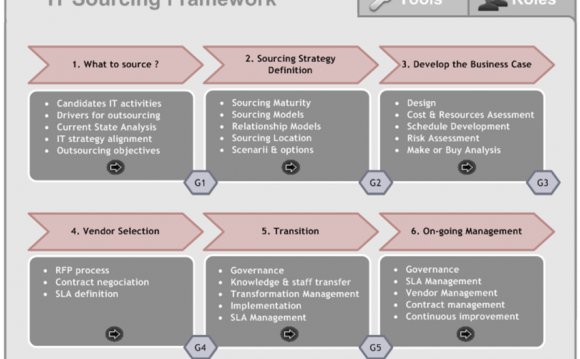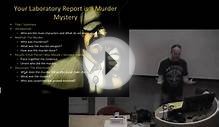
Sections of the report
Title. This should say as much as possible about the content of the paper, in as few words as possible. For example, if you are writing about the psychological causes of teenage pregnancy, a good title is ``Psychological causes of teenage pregnancy.'' A bad title is ``A study of thinking.'' Titles with colons are currently in vogue (``A study of thinking: Psychological causes of teenage pregnancy'') but usually they are not as cute as you think they are when you first think of them.Abstract. This is a brief (usually one paragraph) summary of the whole paper, including the problem, the method for solving it (when not obvious), the results, and the conclusions suggested or drawn. Do not write the abstract as a hasty afterthought. Look at it as a real exercise in cramming the most information in one paragraph. The reader should not have to read any of the rest of the paper in order to understand the abstract fully. Its purpose is to allow the reader to decide whether to read the paper or not. A reader who does not want to read the paper should be able to read the abstract instead. When you write an abstract, remember Strunk & White's admonition, ``Omit needless words.''
Introduction. Tell the reader what the problem is, what question you will try to answer, and why it is important. It might be important for practical reasons or for theoretical (or methodological) reasons having to do with the development of a scholarly discipline. Don't neglect either type of reason.
If the problem is a very basic one, you may state the problem first and then review what has already been found out about it. If the problem is one that grows out of past literature, review the history of how it arose. But do not forget to mention the basic issues behind the research tradition in question, the practical or theoretical concerns that inspired it. (Sometimes there don't seem to be any. In this case, you have probably chosen the wrong topic.)
Your literature review should be appropriate to the kind of paper you are writing. If it is a thesis, you should strive for completeness, both in reviewing all the relevant literature and in making the main arguments clear to a reader who is unfamiliar with that literature. For a course paper or journal article, it is sufficient to review the main papers that are directly relevant. Again, you should assume that your reader has not read them, but you need not go into detail. You should review only those points that are relevant to the arguments you will make. Do not say that ``X found Y'' or ``demonstrated'' if X's conclusions don't follow from X's results. You can use words like ``X claimed to show that Y'' or ``suggested that'' when you are not sure. If you see a flaw, you can add, ``However ...''. Try to avoid expressions like ``Unfortunately, Smith and Jones neglected to examine [precisely what you are examining].'' It might have been unfortunate for them or for the field, but it is fortunate for you, and everyone knows it.
The introduction should lead up to, and conclude with, a statement of how you intend to approach your question and why your approach is an improvement on past efforts (or why it is worth undertaking even if it isn't). This is essentially what is new about your approach, your particular contribution. It need not be anything great. Something like ``applying X's method to test Y's theory'' is good enough.
Method. This section gives the details of how you went about your project. It is usually divided into subsections such as subjects, materials, and procedure. These subheadings are standard ones, but they are not always appropriate, and other subheadings are acceptable. The point of subheadings is that the reader may want to skip this section entirely and return to it later in the paper. The subheadings should make it easy to find relevant details.
Results. This is a summary of what you actually found. It is not a dump of your unanalyzed data, nor merely a report of whether your statistical tests were significant, but somewhere in between. It should contain whatever summary statistics will help readers see for themselves what happened, such as means and standard deviations of various conditions, and raw correlations, when these are relevant. It should also contain the results of statistical tests. Make sure to do and report just those tests that are relevant to the question that inspired your project. If you must include your raw data (and sometimes there is good reason to do this), put them in an appendix. (Notice that the word ``data'' is a plural noun meaning, roughly, facts.)
Graphs, charts, and tables are often useful in this section (and elsewhere, but less often). They should be labeled consecutively either as Figures or Tables, depending on whether a typesetter could be expected to set them, (yes for tables, no for figures), e.g., Figure 1, Figure 2, Table 1, etc. Each one should have a caption explaining clearly what it is, if possible without relying on anything in the text. (Figure captions are on a separate sheet so that the typesetter can set them, but for course papers, this is not necessary.) The text should tell the reader when to look at the figures and tables (``As shown in Figure 1 ...''), and it should point out the important points, but it should not simply repeat in writing what they say.
Figures and tables are supposed to go at the end of the paper, but this is for the benefit of the typesetter. Most professors (except nitpickers) prefer the tables and figures close to where they are needed.
Share this Post
INTERESTING PSYCHOLOGY VIDEO













